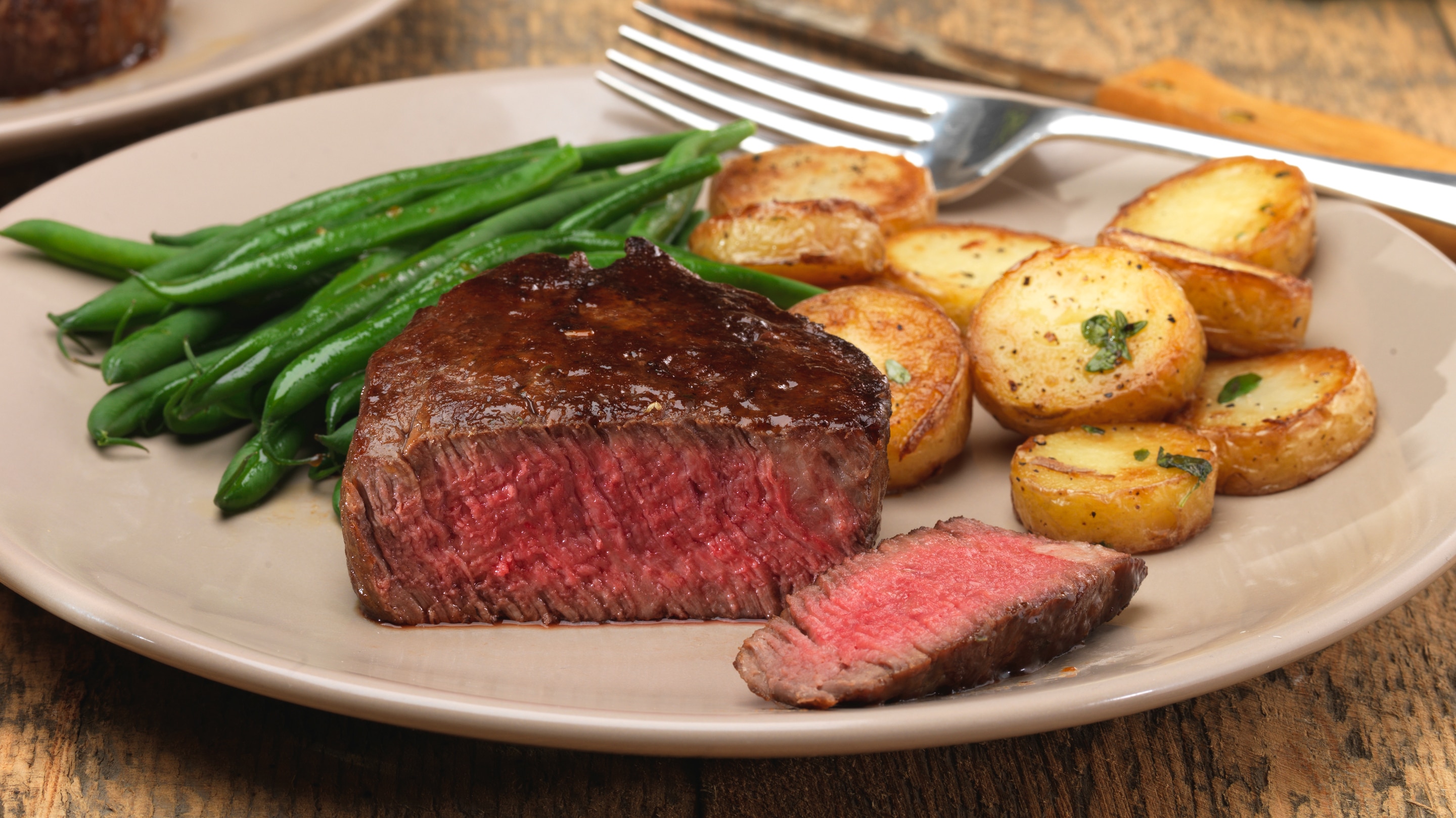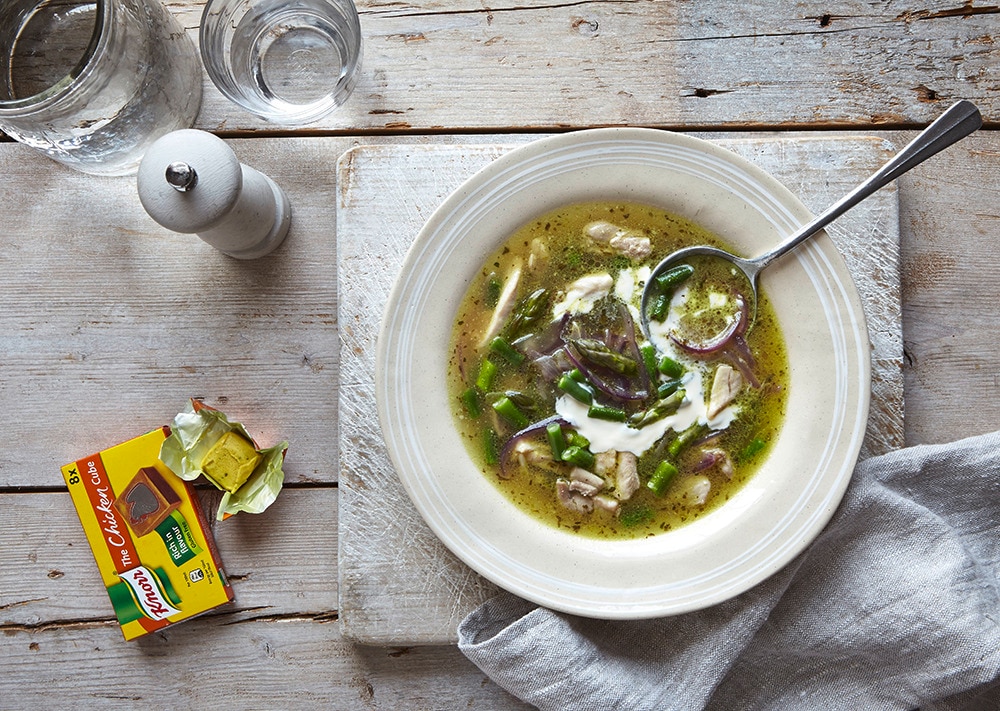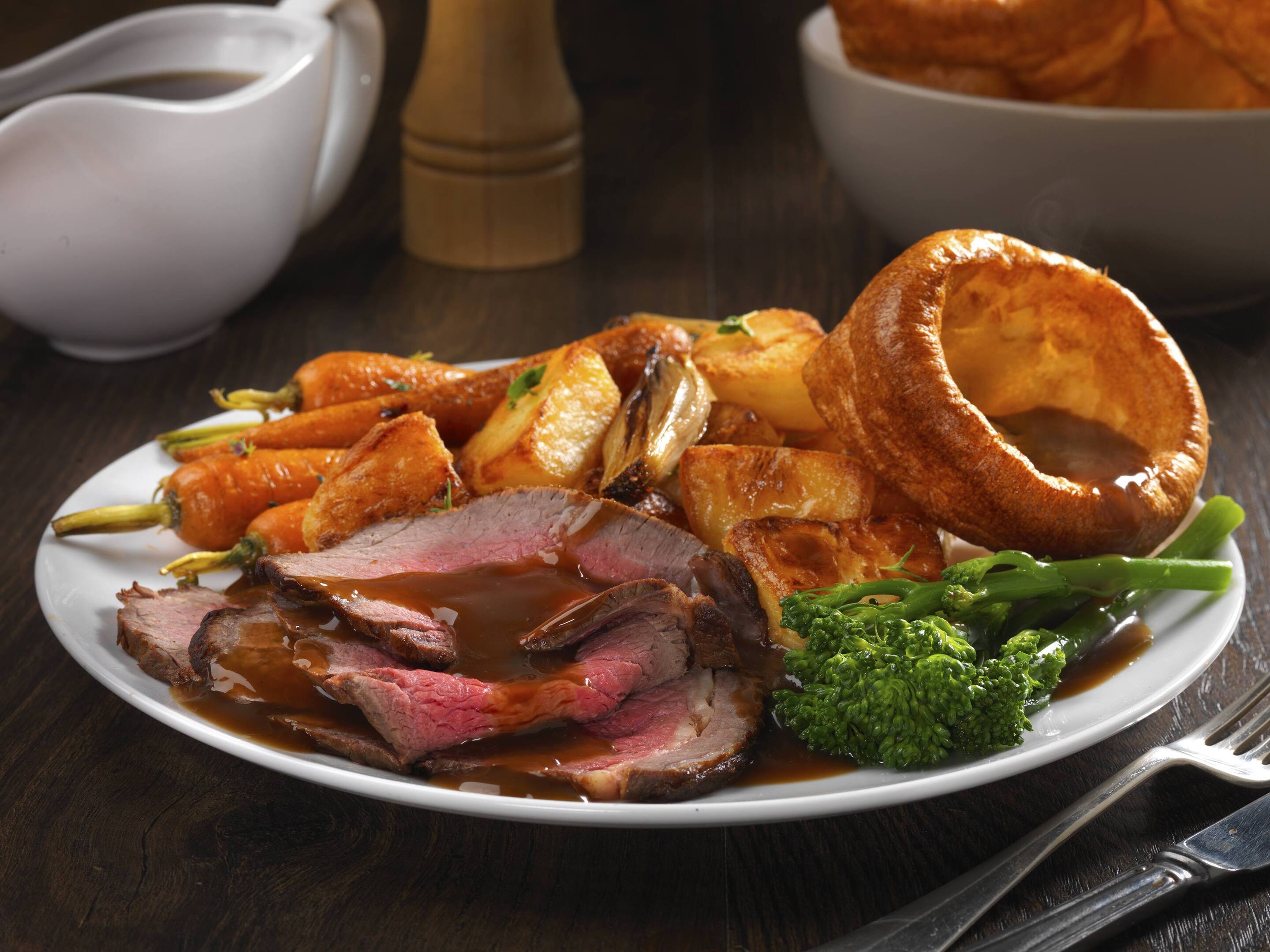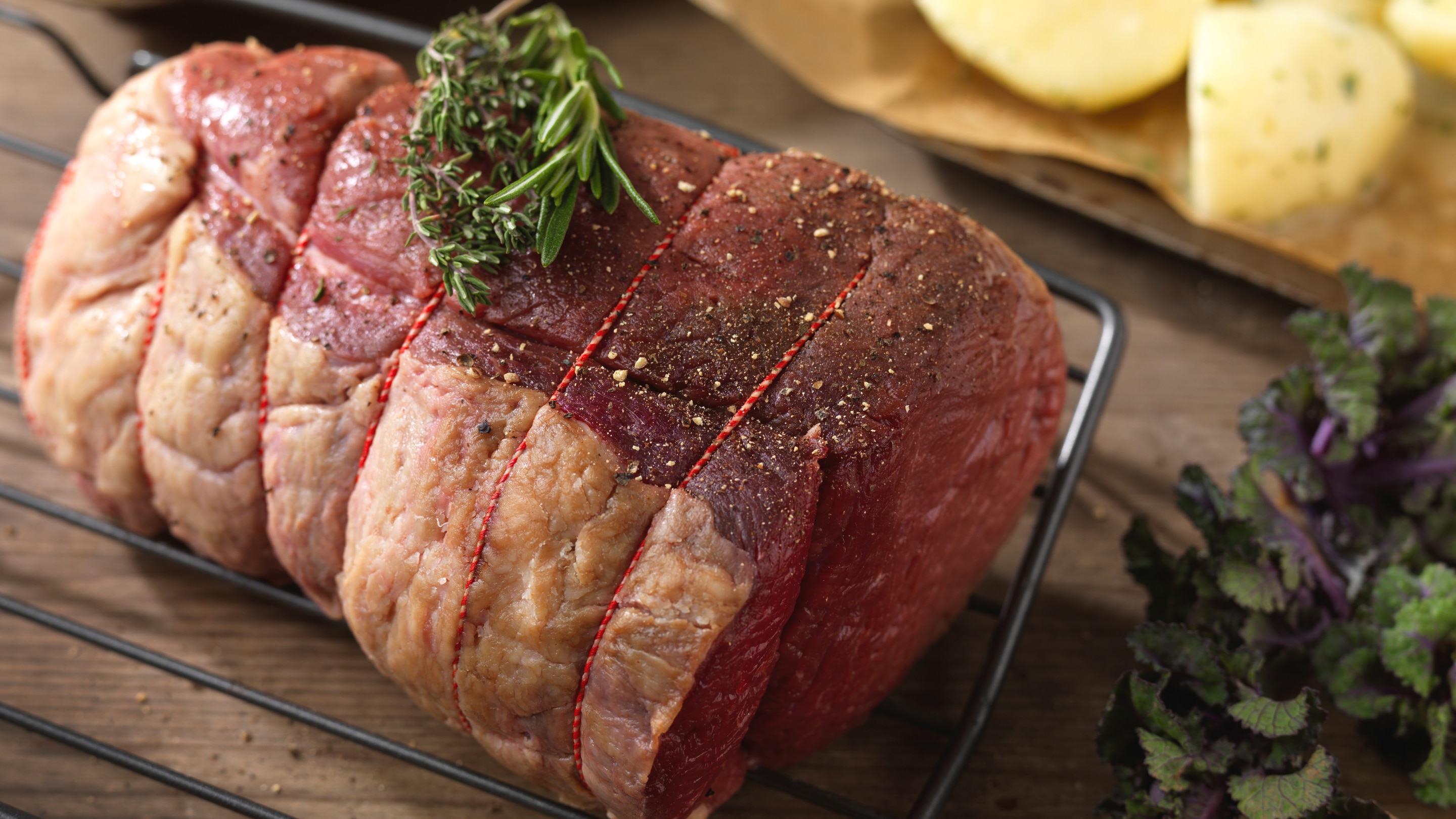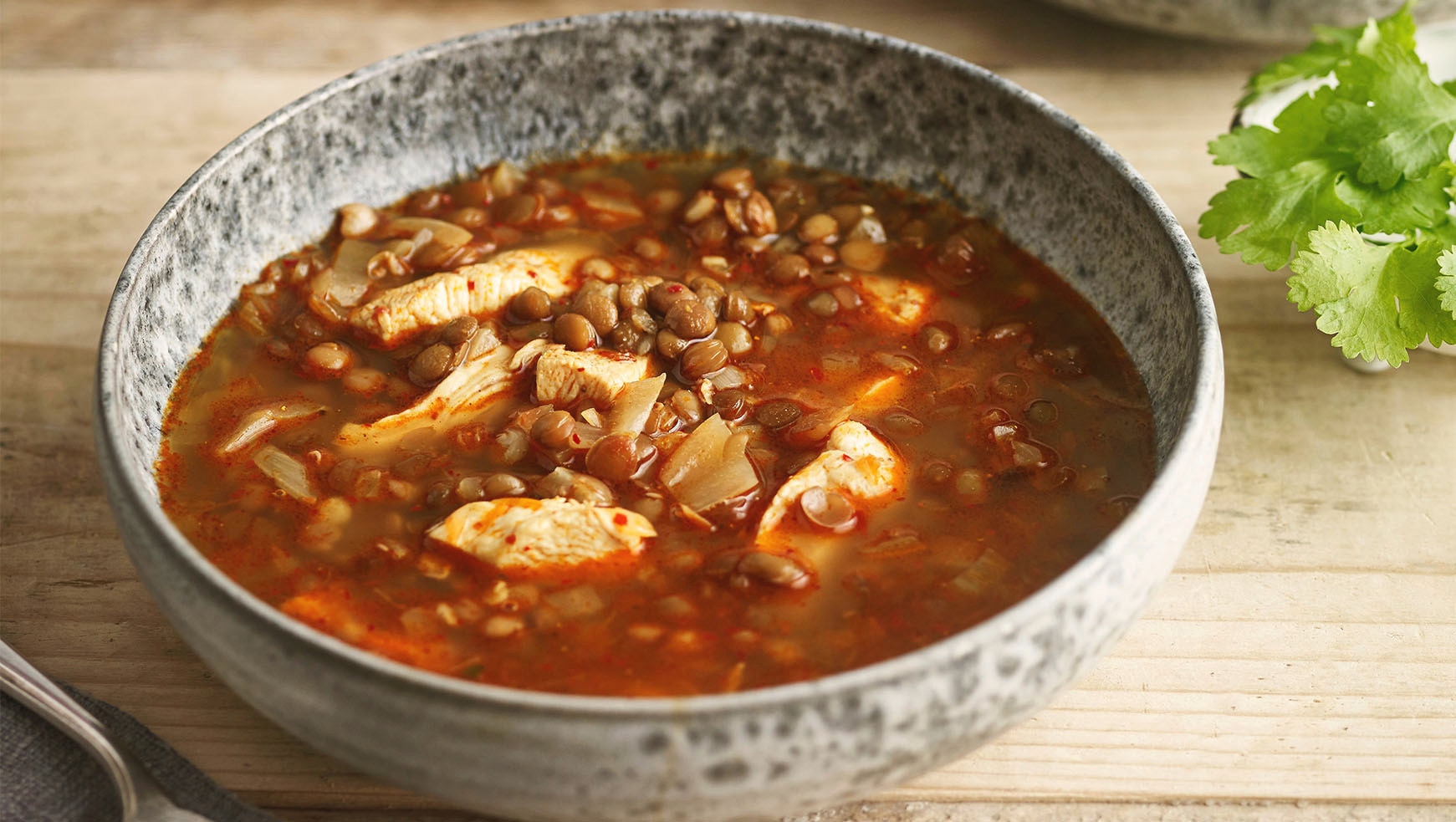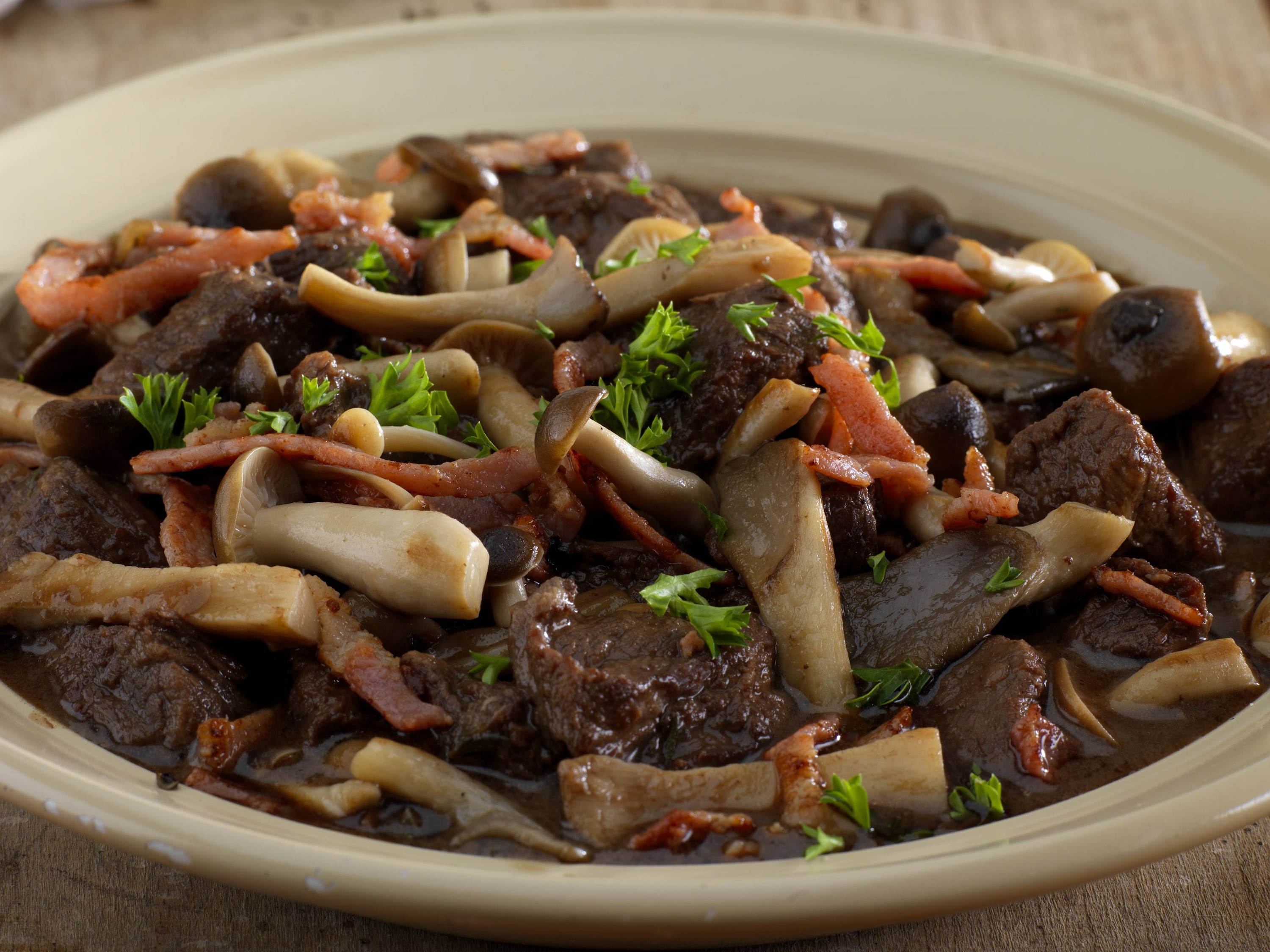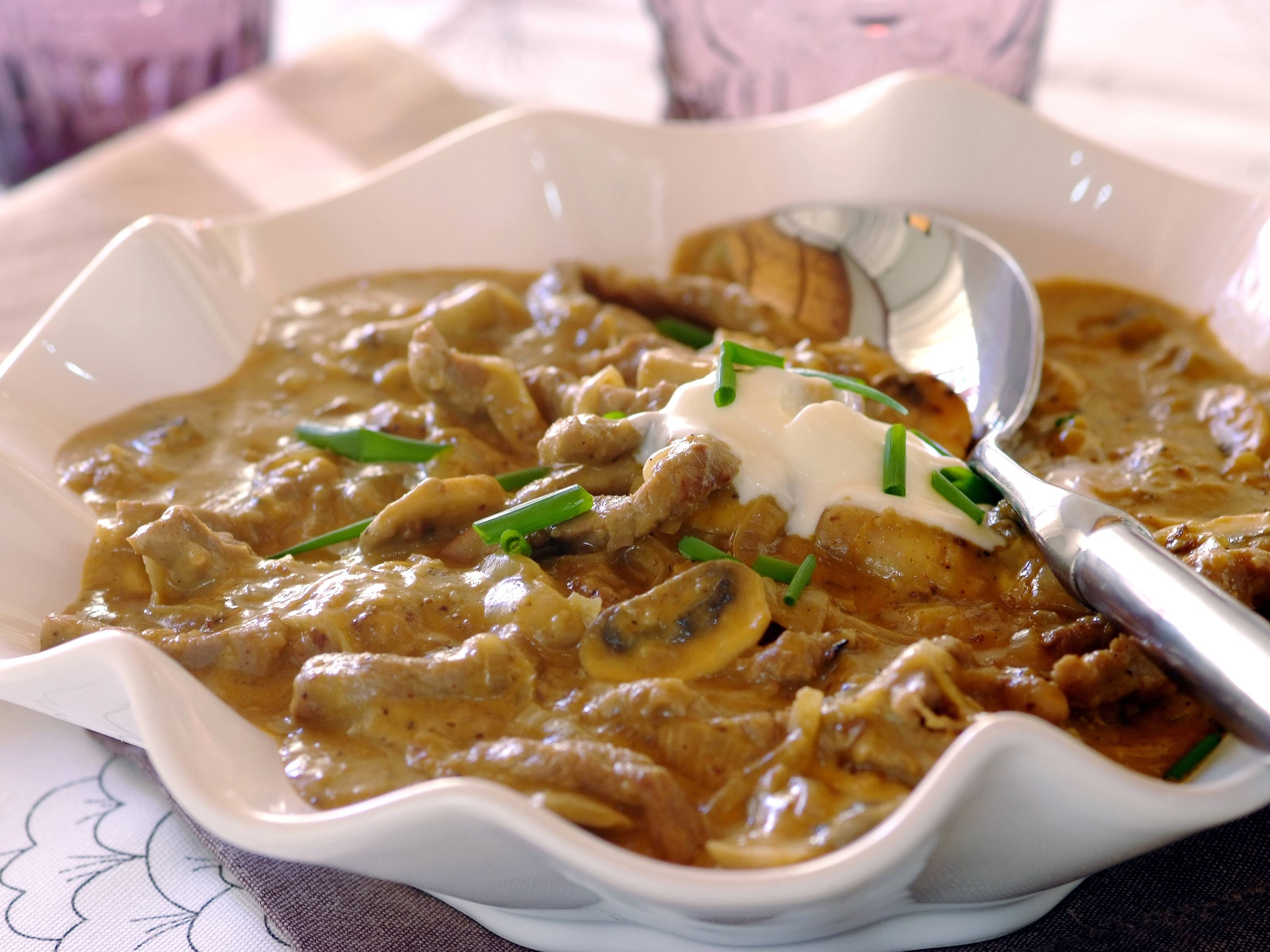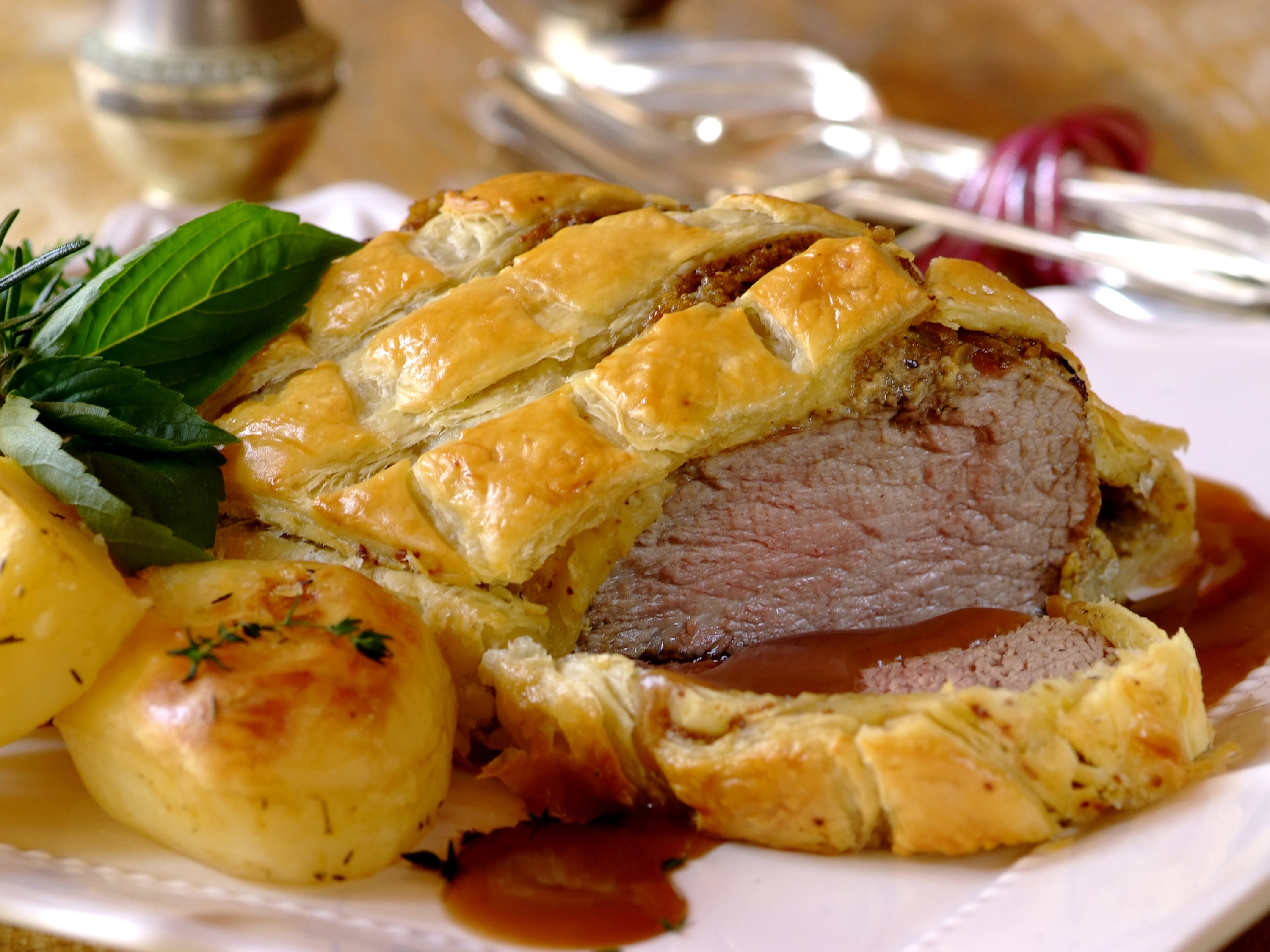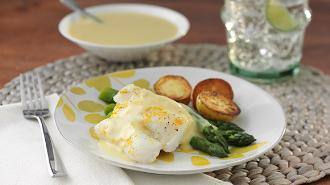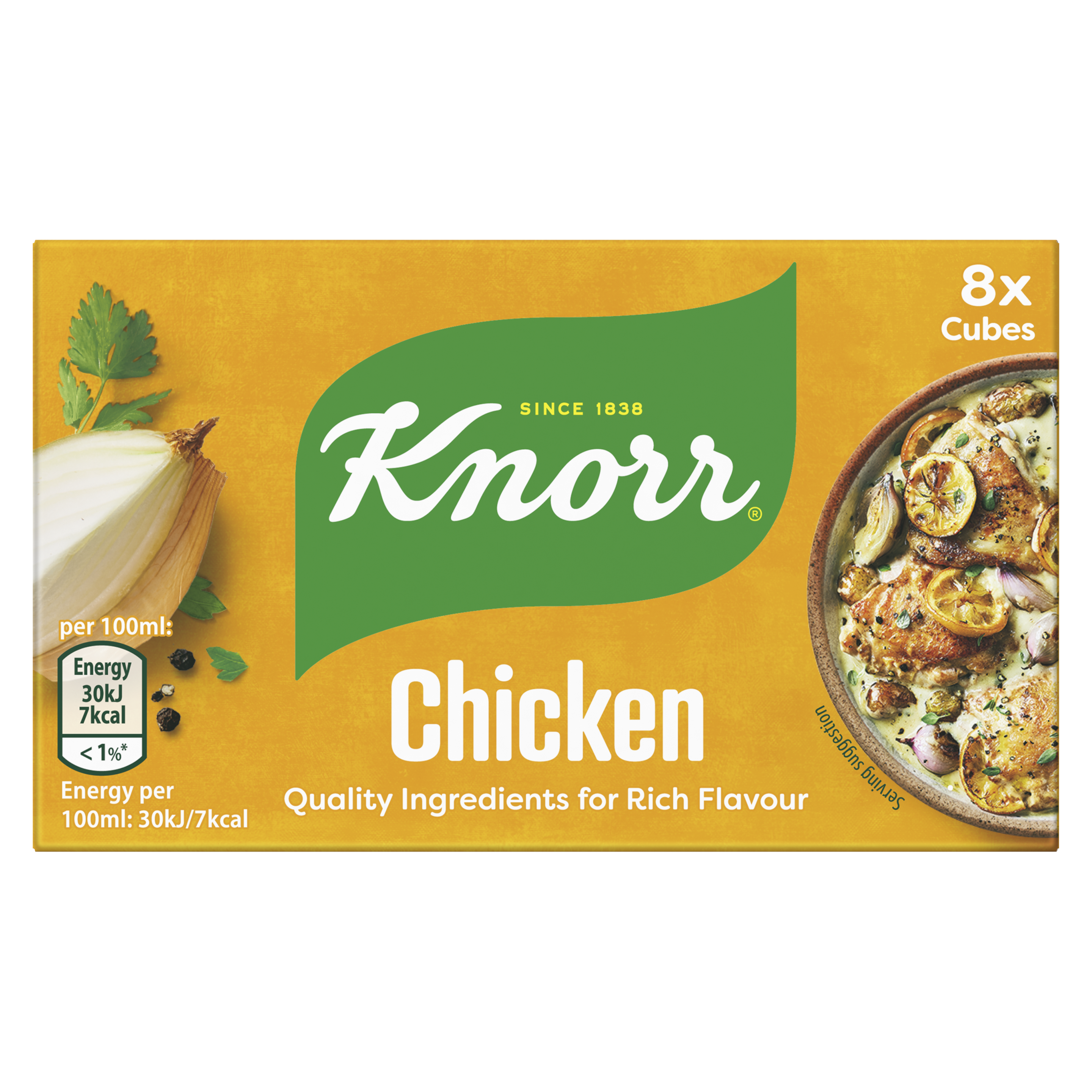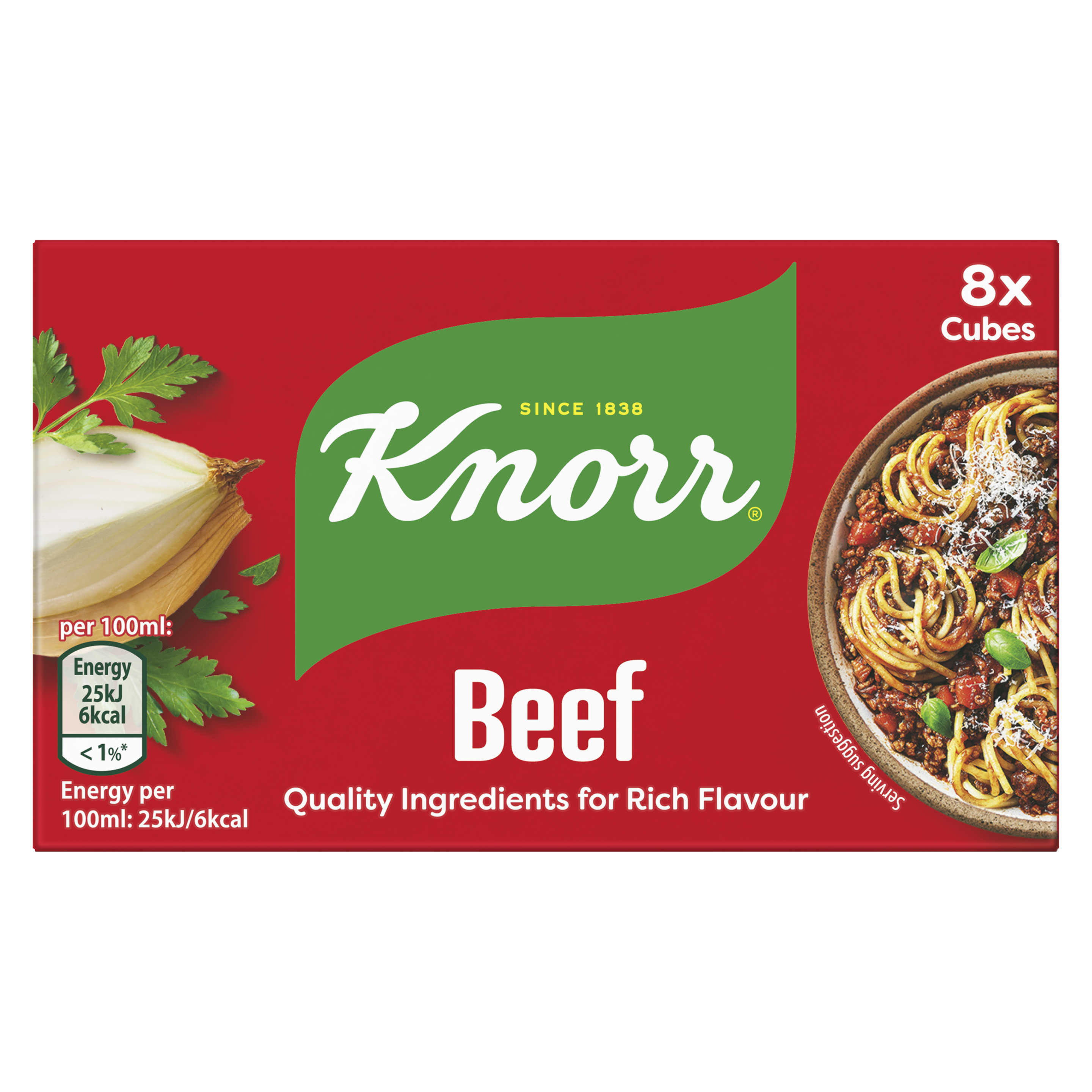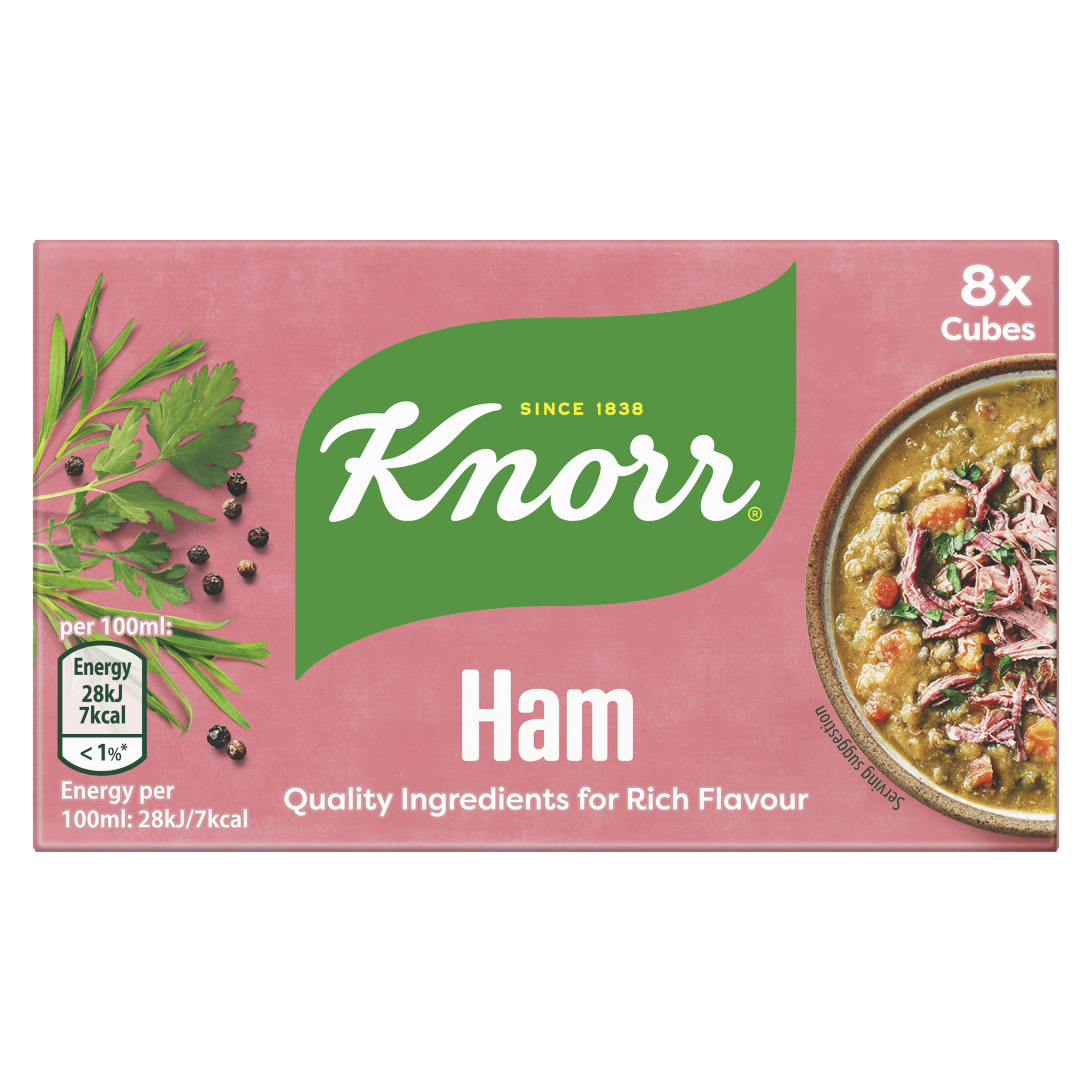Skip to:
Learn how to perfectly cook meat using simple methods like the 'thumb test' for steaks and a meat probe thermometer for roasts. This guide helps you achieve your desired doneness, from rare to well-done, ensuring safe and delicious results every time.
Achieving perfectly cooked meat is all about timing and knowing your desired doneness. Whether you're a fan of rare, medium, or well-done, understanding the nuances ensures a delicious and safe meal.
For beef, it's important to note that it can be safely enjoyed rare or even raw, provided it's handled hygienically. Classic dishes like steak tartare and steak carpaccio showcase the appeal of raw beef.
While personal preference dictates steak doneness, from 'blue' (seared outside, raw inside) to well-done, a good restaurant always checks your preference, highlighting it's a personal choice.
The 'Thumb Test': Your Go-To Guide for Steak Doneness
Figuring out when a steak is perfectly cooked can be a challenge, as factors like thickness, water content, and pan heat all play a role. However, a fantastic and simple method is the 'thumb test'. This technique uses the feel of your hand to gauge the steak's doneness. Generally, the softer the steak feels when pressed, the rarer it is; the firmer it feels, the more cooked it is. Here’s how to use your hand as a guide:
Rare Steak: Soft and Spongy
To check for a rare steak, relax your hand and gently touch the tip of your index finger to your thumb. Feel the fleshy part at the base of your thumb – it should feel soft and spongy.
This is the texture of a rare steak, which will have a bright red interior.
Medium Steak: A Little More Resistance
For a medium steak, bring the tip of your thumb to meet your third finger (ring finger) while keeping your hand relaxed.
The muscle at the base of your thumb will feel firmer and offer more resistance compared to a rare steak. A medium steak typically has a pinkish centre.
Well Done Steak: Firm and Resilient
To achieve a well-done steak, touch the tip of your thumb to your little finger with a relaxed hand. The muscle at the base of your thumb will feel noticeably resistant and very firm. This firm texture indicates a well-done steak, which should have no pink colour inside.
Meat Probe Thermometer: Precision Cooking for Roasts and More
For roasts and larger cuts of meat, a meat probe thermometer is an invaluable tool for ensuring perfect results. This gadget, easily found at supermarkets, measures the internal temperature of your meat, taking the guesswork out of cooking. Simply insert the probe deep into the thickest part of the meat, avoiding the bone, and wait for the reading to stabilise.
Here are the recommended safe internal temperatures:
- Chicken: 180°F (80°C)
- Pork: 165°F (75°C)
- Beef & Lamb:
- Very Rare: 113°F (56°C)
- Rare: 131°F (55°C)
- Medium: 150°F (65°C)
- Well Done: 170°F (75°C)
Using a thermometer guarantees your meat is cooked safely and to your exact preference.
Embrace Your Inner Chef: Cooking with Confidence
Cooking is a journey of learning and practice. Don't be discouraged if your first attempts aren't perfect; every kitchen experience is a chance to learn and improve. Pay attention to the sights, smells, and textures of your food as you cook – these senses are your best guides. While recipes are helpful, trust your instincts and enjoy the creative process!
Explore More Knorr Recipes & Cooking Guides
Get Inspired: Delicious Knorr Recipes
86 Results
-
![Beef Bourguignon with Mushrooms 4 H 5 MINS recipe]()
Beef Bourguignon with Mushrooms
-
CookingTime3 H 25 MINS
-
Difficulty Easy
-
PreparationTime40 MINS
-
Servings 6
people
-

